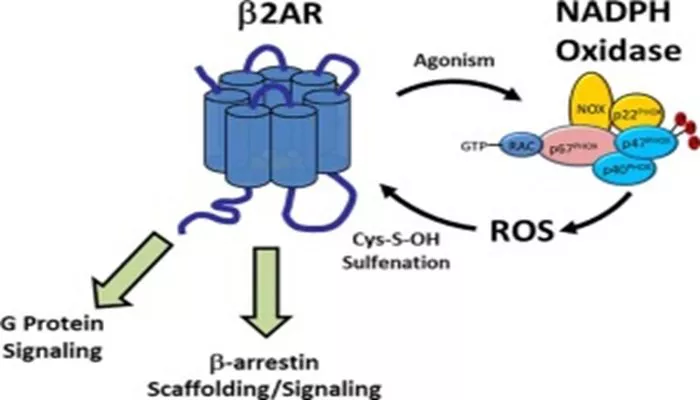Recent clinical research has identified a gut microbial metabolite called phenylacetylglutamine (PAGln) as a potential modulator of cardiovascular disease (CVD) and heart failure (HF) risk. A study published in Nature Communications explores the mechanisms by which PAGln influences these adverse cardiovascular outcomes.
A New Avenue for Cardiovascular Disease Treatment
Chronic non-communicable diseases, such as CVDs and HF, account for nearly 75% of deaths globally, underscoring the need for better diagnostic and treatment options. As scientific understanding grows, the connection between diet, gut microbiota, and overall health has become more apparent. Recent studies have begun to show that gut microbiota could influence various health outcomes, including obesity, diabetes, and cardiovascular risks.
PAGln has been proposed in several studies as a marker for predicting adverse cardiovascular events. Some research even uses the levels of PAGln in blood and feces to estimate future CVD risk. However, the exact relationship between PAGln and CVD is not fully understood. Clarifying these mechanisms could lead to new treatments for preventing and managing CVDs.
Study Overview
Previous research suggested that PAGln might bind to adrenergic receptors (ARs), hinting at its role in influencing heart and metabolic functions. ARs are critical receptors in the body that regulate metabolic, homeostatic, and cardiovascular functions in the heart, fat tissue, nervous system, and blood vessels. This study aimed to confirm PAGln’s effect on ARs and to identify the pathways linking PAGln to cardiovascular outcomes.
The study utilized human embryonic kidney 293 (HEK293) cells, engineered to express a specific luciferase reporter system.
Researchers exposed these cells to various concentrations of β-agonists like isoproterenol and norepinephrine to test PAGln’s effect. The team measured the response using cyclic adenosine monophosphate (cAMP) assays to see how well PAGln and phenylalanine bind to different types of HEK293 cells.
Further tests involved β-arrestin2 recruitment assays to study the regulation of G protein-coupled receptors (GPCRs), along with radiology and binding assays to measure GPCR affinity. Dynamic mass redistribution (DMR) studies on mutant β2-HEK293 cells were also conducted to monitor real-time allosteric modulation by PAGln.
To ensure these findings were relevant to real-world conditions, the researchers also tested cardiac muscle function in heart failure patients and conducted contractility tests on mouse heart cells.
Study Findings
This study is the first to show that a gut microbiome metabolite like PAGln can function as a negative allosteric modulator (NAM) of a host GPCR, suggesting a deep evolutionary relationship between the microbiome and its host. The condition-dependent effects of PAGln on human cardiovascular tissue were also demonstrated, indicating that PAGln acts as a partial agonist of β2AR. Furthermore, PAGln was found to be an ago-allosteric modulator, meaning it can function independently as an agonist and as an allosteric modulator when combined with other agonists.
These findings pave the way for a better understanding of how gut microbes influence heart health and may lead to new therapeutic strategies for treating cardiovascular diseases.

